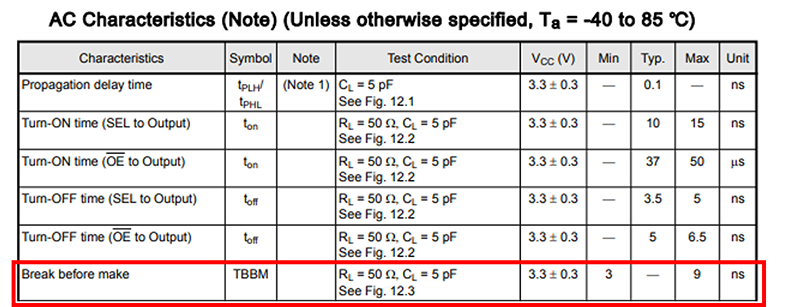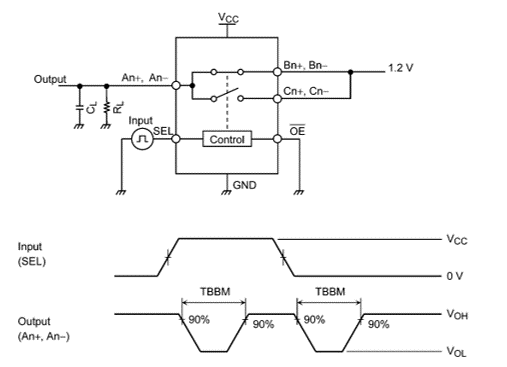- 半導體首頁
-
應用Automotive
Body Electronics
xEV
In-Vehicle Infotainment
Advanced Driver-Assistance Systems (ADAS)
Chassis
IndustrialInfrastructure
BEMS/HEMS
Factory Automation
Commercial Equipment
Consumer/PersonalIoT Equipment
Healthcare
Wearable Device
Mobile
Computer Peripherals
-
產品車用元件
Discrete Semiconductor
Diodes
電晶體
通用邏輯IC
Analog Devices
Digital Devices
Wireless Devices
※
: Products list (parametric search)
功率半導體※
: Products list (parametric search)
隔離器/固態繼電器Photocouplers
Digital Isolators
※
: Products list (parametric search)
MOSFETsIGBTs/IEGTs雙極性電晶體※
: Products list (parametric search)
Diodes※
: Products list (parametric search)
微控制器馬達驅動 ICs智能功率 ICs※
: Products list (parametric search)
電源管理 ICs線性 ICs※
: Products list (parametric search)
通用邏輯 ICs線性影像感測器其他產品其他產品
※
: Products list (parametric search)
-
開發/設計支援
開發 / 設計支援
-
技術知識
- 購買管道
- 型號 & 關鍵字搜尋
- 交叉搜尋
- 參數搜尋
- 線上庫存查詢跟購買
This webpage doesn't work with Internet Explorer. Please use the latest version of Google Chrome, Microsoft Edge, Mozilla Firefox or Safari.
型號需要超過三個文字以上 Search for multiple part numbers fromhere.
The information presented in this cross reference is based on TOSHIBA's selection criteria and should be treated as a suggestion only. Please carefully review the latest versions of all relevant information on the TOSHIBA products, including without limitation data sheets and validate all operating parameters of the TOSHIBA products to ensure that the suggested TOSHIBA products are truly compatible with your design and application.Please note that this cross reference is based on TOSHIBA's estimate of compatibility with other manufacturers' products, based on other manufacturers' published data, at the time the data was collected.TOSHIBA is not responsible for any incorrect or incomplete information. Information is subject to change at any time without notice.
型號需要超過三個文字以上
What is Break Before Make (TBBM)?
This is a bus switch with an SPDT configuration, which specifies that two switches cannot be turned on at the same time when switching.
TBBM is an abbreviation for "Brake Before Make," and it refers to the regulation of the time that two switches must be turned off to prevent both switches from being turned on at the same time.
By setting this regulation, it is possible to prevent two signals from being shorted.
※In general, turning on a switch is called Make and turning it off is called Break.

A brief explanation is given using the data sheet of TC7PCI3212MT (2 differential channel 1-2 multiplexer/demultiplexer). Table-1 shows the TBBM specified in AC characteristics. Minimum (3ns) and maximum (9ns) at supply voltage (VCC = 3.3 V ± 0.3 V) are specified. In other words, when switching between two switches, it is designed so that both switches are always turned off for a period between 3ns and 9ns.
Please refer to Fig. 1 for the method of measuring TBBM.
With the power supply voltage (VCC = 3.3 V), the (Bn+/Bn-) and (Cn+/Cn-) terminals are fixed at 1.2 V, and the SEL terminal is switched between high and low to switch between the two switches. If there is a period during which both switches are turned off at the same time as the switching timing, the An+/An- terminals will go low (VOL). It measures the period during which the two switches are turned off at the same time.
Table-1 TBBM specification of TC7PCI3212MT

This specification is also specified for load switches, etc.
Related Links
The following documents also contain related information.




